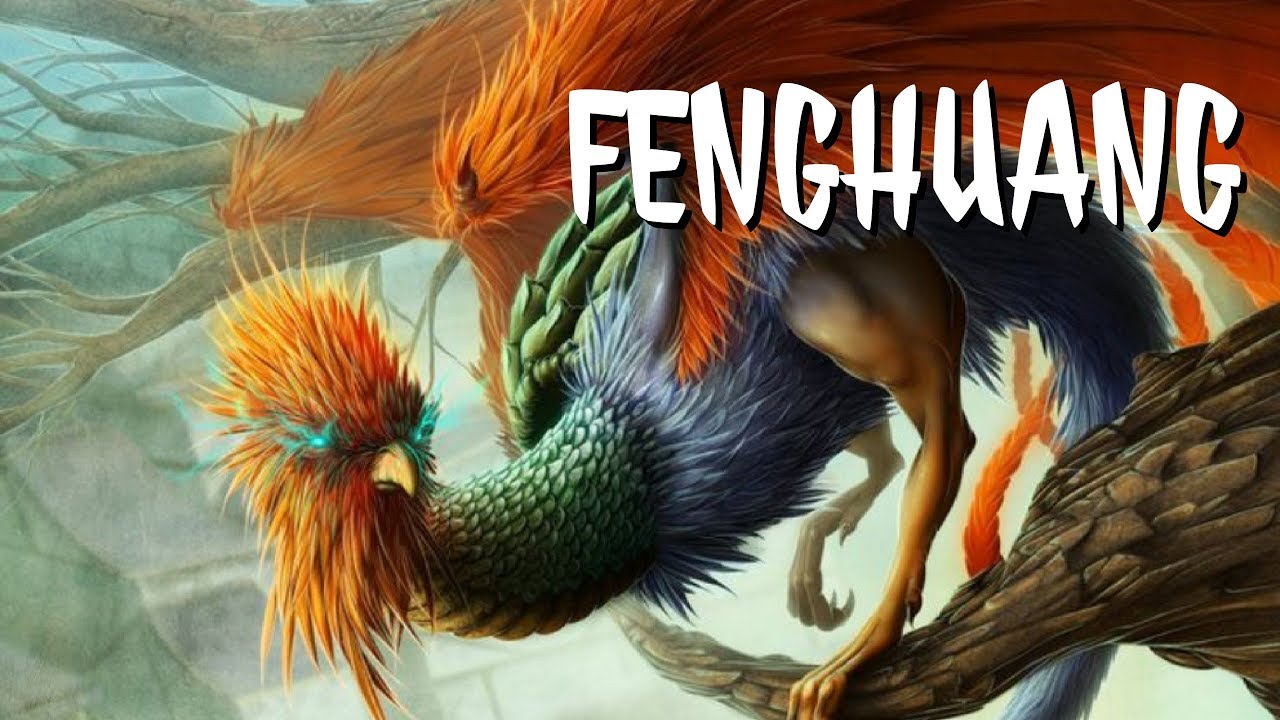
when Horror Yearbook – Legend of the Fenghuang represents one of the most revered creatures in Chinese mythology. Unlike the Western phoenix, which is often associated with fire and rebirth through ashes, the Fenghuang embodies balance, harmony, and divine grace. This mythical bird appears in both ancient texts and imperial symbolism, often paired with the dragon as a representation of yin and yang. The Fenghuang is not a singular bird but rather a composite of many animals such as the rooster, peacock, and swallow, each part chosen for its spiritual meaning. In many dynastic eras, empresses were adorned with Fenghuang motifs to signify beauty, virtue, and heavenly authority. The creature is also seen as a harbinger of peace and prosperity, only appearing during times of moral purity. Today, its image still graces art, fashion, and architecture, serving as a reminder of China’s enduring spiritual traditions and philosophical ideals.
The origin of the Legend of the Fenghuang dates back more than two thousand years. It first emerged during the Zhou Dynasty and evolved through later dynasties such as the Han and Tang. This sacred bird was believed to dwell in the Kunlun Mountains and only descend into the human world to bless righteous rulers or mark times of great peace. As Chinese society evolved, so too did the interpretations of the Fenghuang. During the Han Dynasty, it was featured on royal artifacts and woven into ceremonial clothing. Over time, it became a symbol of the empress, while the dragon represented the emperor. This dual symbolism expressed the balance of feminine and masculine energies. The bird also gained spiritual layers, often linked to Confucian virtues like loyalty, benevolence, and righteousness. The Legend of the Fenghuang continues to evolve, reflecting modern values of renewal and cultural pride while retaining its ancient mystique and spiritual resonance.
“Read about: Legends of the Fire Qilin: Myth and Mystery”
The Fenghuang symbolizes far more than beauty or myth. In Chinese cosmology, it embodies the five virtues: benevolence, righteousness, propriety, wisdom, and sincerity. Its colorful feathers represent the five elements of wood, fire, earth, metal, and water, and its cry is believed to carry the sounds of the five musical notes. These deep associations link the bird to harmony between nature and human morality. Unlike the Western phoenix which rises from destruction, the Fenghuang thrives in times of order and virtue. Its presence in weddings and royal ceremonies reflects wishes for peace and a bright future. The Fenghuang also appears on traditional gowns and paintings, often alongside peonies or other auspicious symbols. Through these elements, the creature expresses ideals of moral governance, spiritual purity, and prosperity. Its elegant form and layered meanings have helped the Fenghuang endure as a potent icon across dynasties and generations.
Artists across centuries have celebrated the Fenghuang in diverse forms. From intricate silk tapestries to towering temple carvings, the mythical bird appears as a graceful yet powerful presence. In ancient palaces, its image often decorated walls and ceilings to invoke divine protection. Porcelain vases from the Ming Dynasty featured detailed Fenghuang motifs, reflecting refinement and wealth. During the Qing Dynasty, the creature adorned imperial robes and furniture, emphasizing authority and feminine power. Beyond visual arts, the Fenghuang also inspired poetic works and musical compositions, linking its symbolism to the cultural heartbeat of China. In architecture, pagodas and ceremonial arches frequently integrate Fenghuang imagery, especially in regions with strong Confucian or Taoist heritage. Its curved wings and elaborate tail feathers serve both decorative and spiritual purposes. Even in contemporary China, public spaces like parks and museums preserve this legacy, ensuring that the Fenghuang remains a living symbol within the nation’s cultural identity.
“Read more: Criminal Enterprise Exploiting Hope: Donkey Route to US Foiled in India”
Though ancient in origin, the Fenghuang continues to inspire and shape modern Chinese identity. Designers use its form in fashion, jewelry, and branding, tapping into a legacy of grace and cultural pride. Its association with renewal and peace resonates in a fast-changing world, where many seek spiritual grounding. The bird’s presence in national celebrations and tourism campaigns demonstrates its lasting emotional power. In education, children learn about the Fenghuang as part of traditional folklore, strengthening their connection to heritage. As global interest in Chinese culture grows, the Legend of the Fenghuang reaches audiences far beyond Asia. It becomes a symbol not only of myth but of resilience and transformation. In diasporic communities, the bird links generations and preserves a sense of belonging. Through digital media and artistic reinterpretations, the Fenghuang continues to soar—bridging the ancient and the contemporary with timeless symbolism and cultural pride.